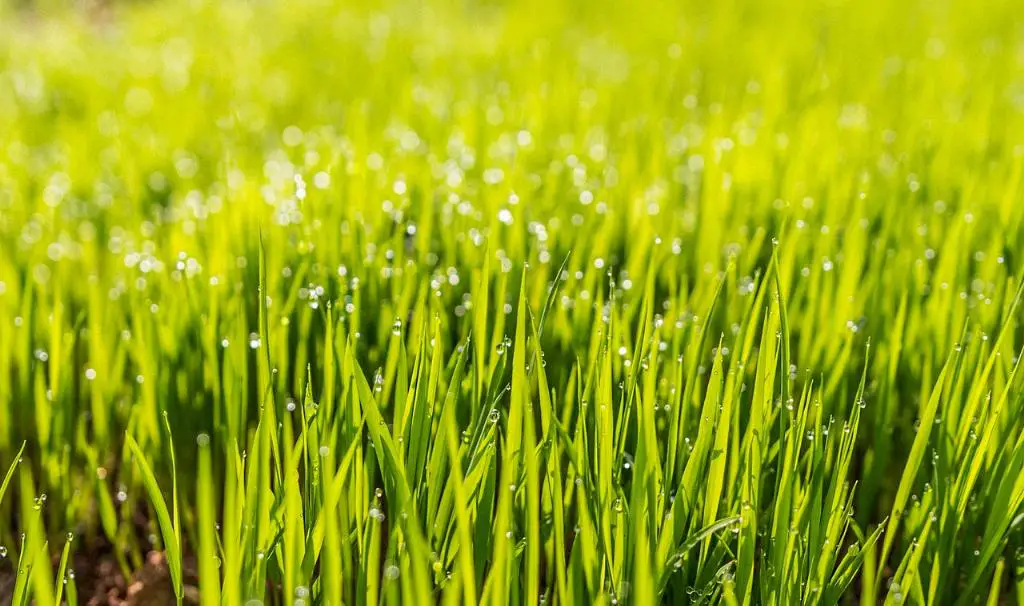Before diving into the process of eliminating mushrooms from your lawn, it is crucial to understand the root causes of their presence. Mushrooms typically indicate an underlying issue such as excess moisture, compacted soil, or organic matter decomposition.
Removing Potential Mushroom Habitats
One effective way to address the mushroom problem is by removing the factors that promote their growth. This includes eliminating dead tree roots, old mulch, decaying leaves, wood, and pet waste from your lawn.
Raking and Dethatching
Regularly raking up grass clippings and dethatching your yard can help prevent mushrooms from thriving. By improving air circulation and reducing moisture retention, you create an environment less conducive to mushroom growth.
Utilizing DIY Fungicide
If mushrooms persist in your lawn, you can consider using a DIY fungicide as a supplementary measure. After manually removing the mushrooms, you can apply a mixture of 5 tablespoons of vinegar per 1 gallon of water to the affected areas.
Maintaining Proper Drainage
Proper drainage is essential for preventing waterlogged soil, which can contribute to mushroom growth. Regularly check the drainage systems in your yard and make necessary adjustments to ensure water flows away from problem areas.
Aerating the Soil
Compacted soil can create an ideal habitat for mushrooms. Aerating the soil allows for better water absorption and root growth, making it less favorable for mushrooms to establish themselves.
Applying Organic Amendments
Consider incorporating organic amendments such as compost or aged manure into your soil. These amendments not only improve soil structure but also introduce beneficial microorganisms that can help balance the soil ecosystem.
Increasing Sunlight Exposure
Mushrooms thrive in dark, damp environments. By trimming back overhanging branches and strategically pruning nearby vegetation, you can increase sunlight exposure to problem areas, making them less hospitable to mushrooms.
Choosing the Right Grass Type
Some grass species are more resistant to mushroom growth than others. Research and consider overseeding your lawn with grass varieties that are better suited to your climate and soil conditions.
Implementing Preventive Measures
While addressing existing mushroom issues, it is equally important to implement preventive measures to avoid future outbreaks. Regular lawn maintenance, proper watering practices, and soil testing can help maintain a healthy lawn ecosystem.
Seeking Professional Advice
If the mushroom problem persists despite your efforts, don’t hesitate to seek advice from a professional landscaper or mycologist. They can provide tailored recommendations and solutions based on the specific conditions of your lawn.
Conclusion
In conclusion, ridding your lawn of mushrooms requires a multi-faceted approach that addresses both the symptoms and underlying causes. By understanding the factors contributing to mushroom growth and implementing proactive measures, you can achieve a healthier, fungus-free lawn that you can enjoy year-round.

